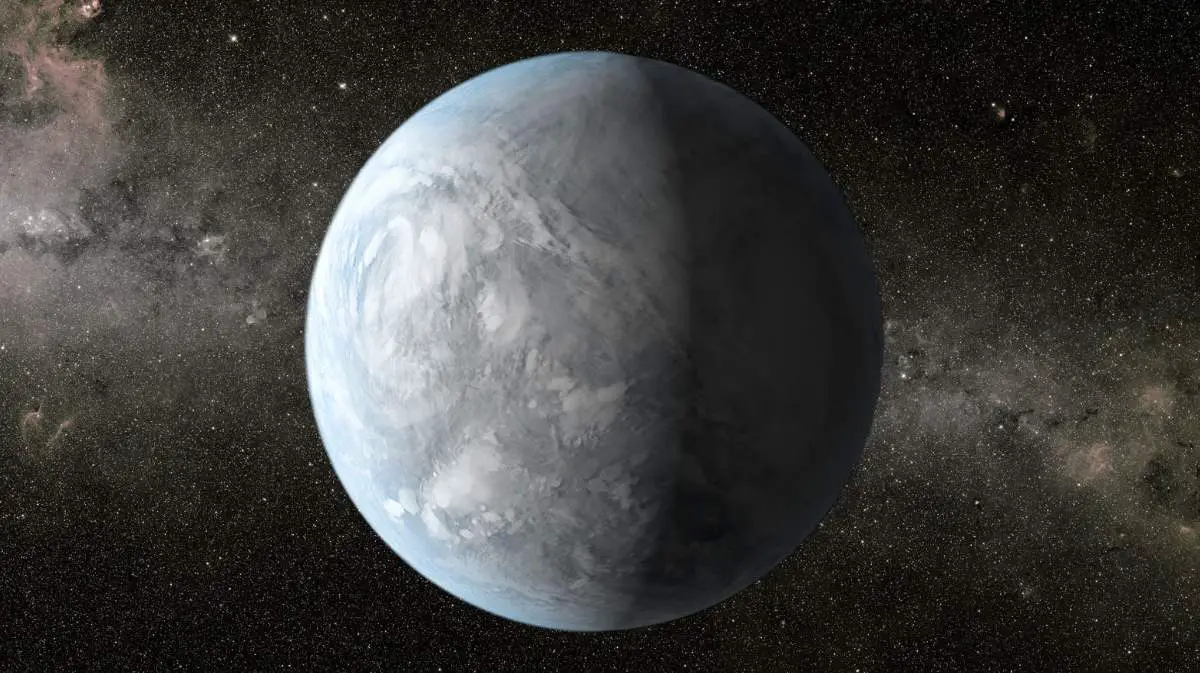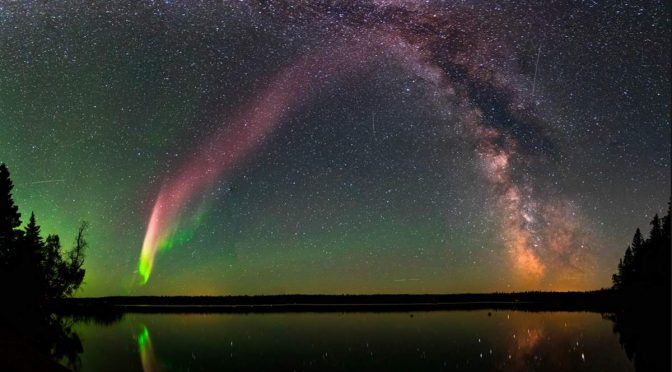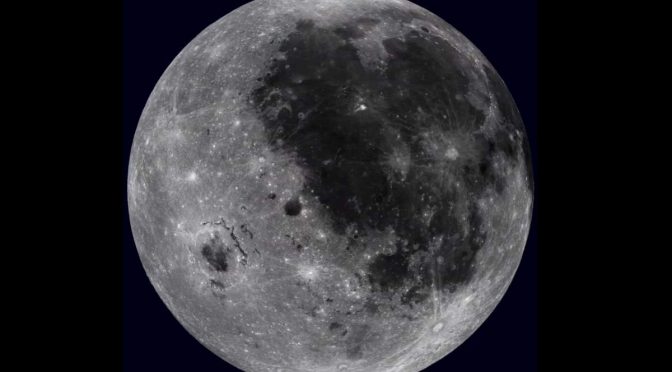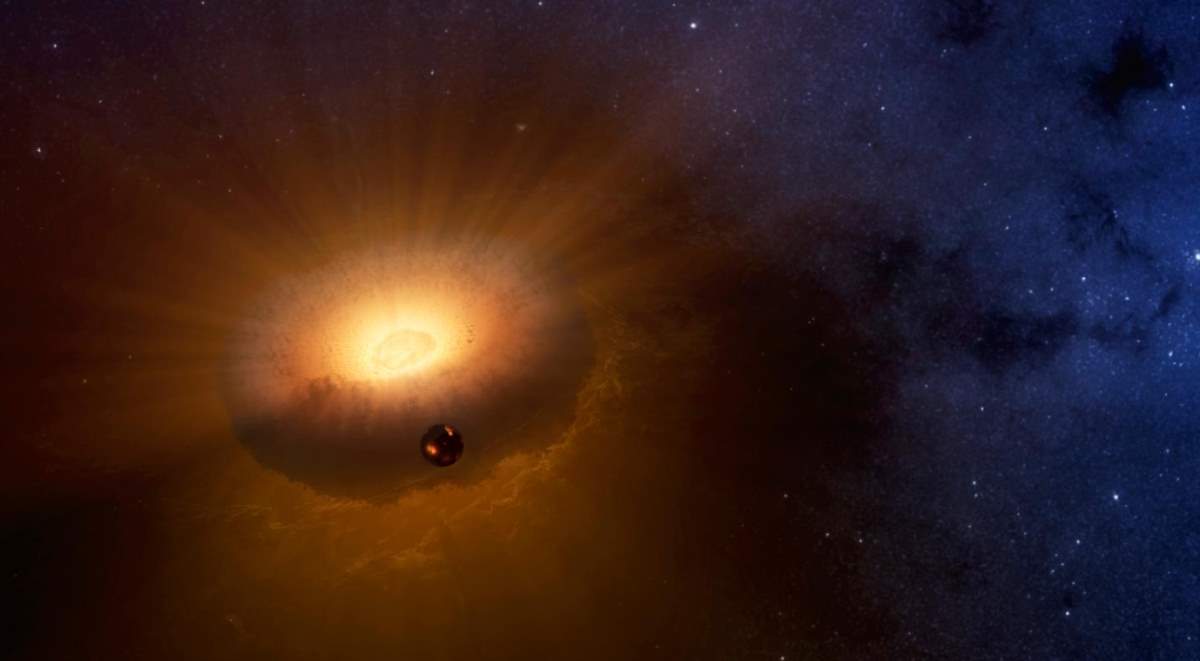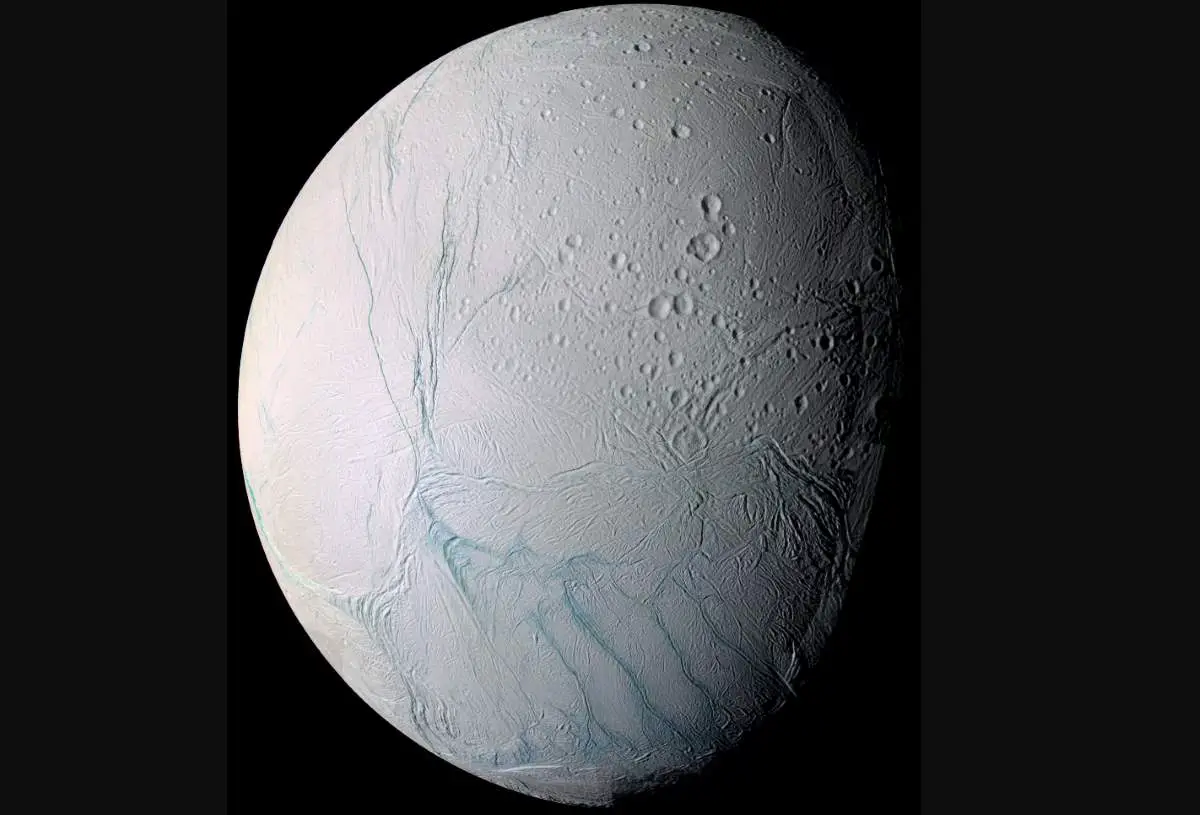What would it be like to stand on the surface of another planet? “We The Curious” channel has teamed up with a group of astrophysicists to create a scientifically accurate virtual reality tour of six real exoplanets discovered outside our solar system. The fruit of this collaboration is the video below, in 4K Ultra-HD and 360-degree. Narrated and produced by Ross Exton.
